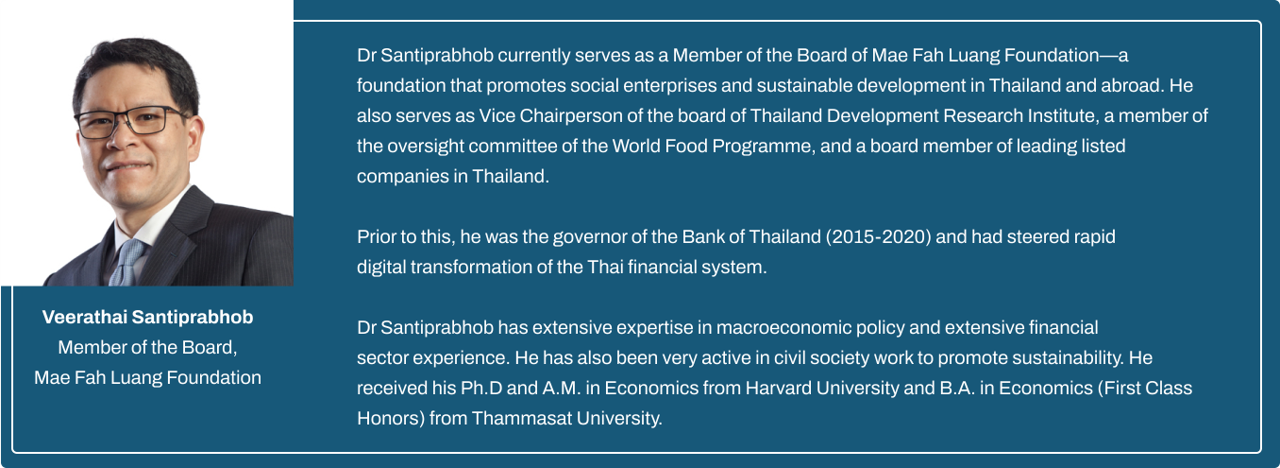Despite the willingness and commitment of countries to limit global warming to 1.5°C, the latest UN Emissions Gap Report for 2023 shows that the international community is likely to fall short in meeting its Paris Agreement emissions reduction targets. Some of the reasons behind this include shortages in policymaking and delays in the implementation of solutions.
Meanwhile, the World Economic Forum’s Global Risk Report 2023 shows that failure to mitigate climate change, failure of climate change adaptation, natural disasters and extreme weather events as well as biodiversity loss, were ranked as the top four risks within the next 10 years. With cities accounting for two-thirds of energy consumption and producing over 70% of the world’s carbon emissions annually, not to mention the growing urbanisation trend, it becomes apparent that cities play a crucial role in tackling environmental and social issues.
By implementing a robust environmental, social and governance (ESG) framework, cities and local governments will be able to evaluate and address these challenges in a structured manner while ensuring good governance. So how can cities adopt a holistic ESG-based approach to development?
Here are what cities and local governments can do to uphold a strong ESG commitment..
The Environmental Pillar of ESG
When talking about the environmental aspect of the ESG framework, the main goal of cities must be to achieve net-zero targets through proper waste management, pollution reduction and generation of clean energy.
Accelerating the development and implementation of regulations that reduce greenhouse gas emissions across various sectors such as transportation and energy is one of the first steps that cities can take. For instance, New York City has enacted new regulations on building-related emissions as part of the Climate Mobilisation Act, which aims to achieve a 40% reduction in emissions by 2030. One of these new regulations is Local Law 97, which focuses on the energy efficiency of large buildings.
Meanwhile, Zurich amended the canton’s constitution to include an article calling on authorities to build frameworks for the treatment of resources, materials and goods to reduce waste and energy consumption. It is the first of the 26 cantons of Switzerland to include the circular economy in its constitution.
Aside from implementing policies and regulations, it is also important to integrate net-zero objectives into strategic cit
y planning. For example, Singapore has created and is implementing the Green Plan, which aims to accelerate its sustainability efforts and help achieve long-term emissions targets. This national movement towards sustainable development focuses on five core pillars: City in Nature, Energy Reset, Sustainable Living, Green Economy and Resilient Future.
Furthermore, to achieve net-zero targets, local governments must provide enough services and infrastructure to support these sustainability goals. For instance, the Dubai Electric and Water Authority launched the EV Green Charger initiative, which involves providing charging solutions across Dubai and acquiring electric vehicles (EVs) for their fleet. This initiative has contributed to the Emirate’s achievement of a 16% emission reduction by 2019.
The Social Pillar of ESG
When it comes to the social aspect of ESG, the main focus of cities should be on addressing inclusion and social cohesion.
One way to do this is to develop policies that promote inclusivity, particularly of vulnerable groups. Take, for example, Sydney’s inclusive and accessible public domain policy. It aims to set standards for designing public spaces and infrastructure for equal access, even for people with disabilities.
Meanwhile, social issues can be addressed by integrating them into local strategic plans, just as how Berlin’s Diversity Strategy promotes diversity in recruitment and inclusive public communication. It ensures everyone enjoys equal opportunities regardless of their age, gender, ethnicity or disability.
Furthermore, inclusivity also involves providing municipal services to all members of society. In Albania, six local government units were covered in the UNDP’s Improving Municipal Social Protection Service Delivery programme. This programme is aimed at improving the quantity and quality of social services delivered to marginalised populations, people with disabilities, women, children, migrants and refugees.
The Governance Pillar of ESG
For the governance aspect of the ESG framework, cities should focus on forging partnerships between various stakeholders such as civil society groups, NGOs, international multilateral organisations, government entities and the private sector. There should also be robust supply chain management policies that take into consideration the ESG impact of suppliers.
To ensure that socio-economic development and environmental goals are achieved, local governments must provide sufficient funding for sustainability initiatives. They must also ensure full transparency and accountability regarding budgeting, city decisions and project progress updates. Furthermore, metrics must be set, measured and monitored consistently to evaluate the city’s ESG performance and optimise the strategy accordingly.
Advancing ESG for Sustainable Urban Development
The path to sustainable urban development is filled with challenges. However, by embracing an ESG-based approach, cities and local governments can address current issues such as climate change, social inequality and governance challenges holistically.
Through collaboration with local businesses, civil society organisations and citizens, it is possible to develop and manage better cities not only for the current generation but also for the next ones to come.
Posted 31/07/2024

















